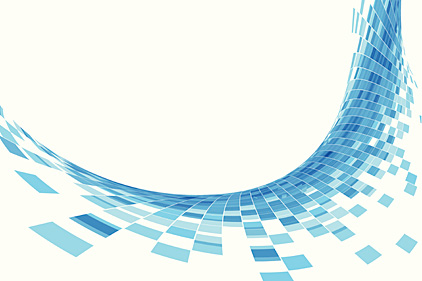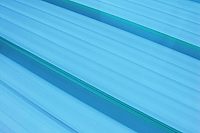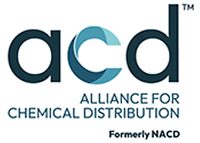RadTech Europe Sets Agenda for 2015

THE HAGUE, the Netherlands - RadTech Europe anticipates a full agenda of activities in 2015, driven by growing interest in the UV/EB curing technologies across an ever-widening range of industries.
RadTech Europe’s major focus will be on its 2015 conference – a biennial event that uniquely brings together its members’ diverse interests and expertise. The 2015 event’s headline is “UV/EB now: new place, new format, new applications.” Taking place this year in Prague, Czech Republic, from October 13-15, RadTech Europe 2015 will offer an in-depth agenda featuring both plenary and parallel sessions, with a complementary exhibition that will provide a location for delegate networking, as well as for commercial presentations on new product introductions from RadTech Europe member companies.
The RadTech Europe calendar for 2015 will feature additional events, such as a dedicated EB curing seminar to identify and evaluate the advantages - in terms of low energy usage, low operating temperatures and photoiniator-free systems - that today’s smaller, better inerted electron beams deliver.
Central to RadTech Europe’s concerns is the raft of best practice and regulatory documents that guarantee the safety of radiation curing in all its applications. 2015 will see the continuation of the association’s active participation in the new review of the EC reference document on the best available techniques for surface treatment using organic solvents (BREF STS). The document, which is being evaluated by a large number of stakeholder organizations, specifies emission limits and other environmental permit requirements, and includes information on alternative technologies to lower VOC emissions – a key benefit of UV and EB curing technologies. The review process is expected to take approximately three years.
RadTech Europe is also involved in the working group applying for the extension of the exemption of mercury in “special purpose discharge lamps” under the RoHS directive on the use of hazardous substances in electrical and electronic equipment – an arena that is of importance to UV mercury-vapor bulbs.
Other areas where the association is making positive contributions include REACH and the German Printing Ink Ordinance, now in its fifth draft, which is currently at the core of existing European standards for the safety of printing inks in food packaging materials in terms of non-migration, low odor, and no taste transfer. In 2014, RadTech Europe organized a dedicated seminar on this issue to great interest of the industry.
Radiation curing technologies may have been around for more than 70 years, but they are today very much central to the launch pad for a real 21st century innovation: 3D printing or additive manufacturing. This process involves building three-dimensional objects/products individually, in plastic, from a digital file. These creations may be medical devices, toys, custom jewelry, electronics, automotive components, and many other consumer and industrial products. But they all share one manufacturing feature: radiation curing.
The exceptional interest in the possibilities of 3D printing/additive manufacturing market that is currently being experienced has intensified interest in all aspects of UV/EB curing. RadTech Europe President David Helsby is in no doubt that the association’s 2015 agenda will include a strong and growing focus on this sector. He commented “Additive manufacturing is going viral, and our members’ science, expertise and experience are critical to turning what is currently an embryo technology into a new industrial revolution.”
Looking for a reprint of this article?
From high-res PDFs to custom plaques, order your copy today!







